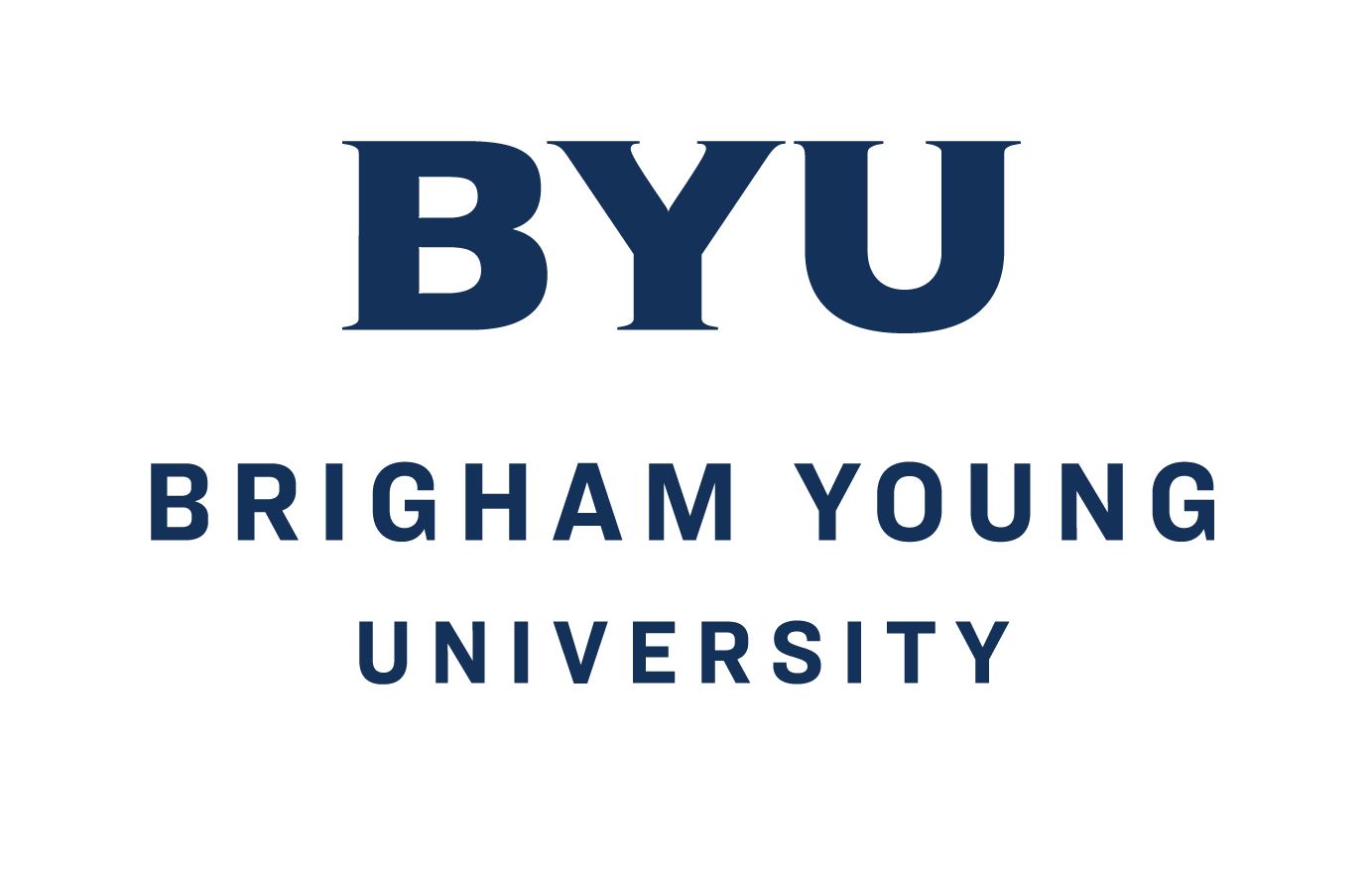Amount of parents’ aid affects some student outcomes
While you’ve heard of the “mom and dad scholarship,” new research clears up some of the mystery about the number and scope of these grants given to today’s college students from their parents.
The study was conducted by professors Laura Padilla-Walker and Larry Nelson at Brigham Young University, though the sample does not include BYU students. Instead, the researchers gathered info from the parents of 402 undergraduate students from four other campuses across the country – three large public universities and one small private college. All of the students sampled for this study were unmarried and 90 percent had moved out of their parents’ house.
Here are several findings that they report in the Journal of Adult Development
- Tuition, books and housing are covered by parents for half the students sampled.
- Other living expenses were also covered by parents in half of those cases (one-fourth of the total sample).
- One-third of students received little or no financial support from parents
- Parents who help foot the bill feel the right time to cut the financial purse strings is when their child graduates and gets a full-time job.
“We really know very little about the impact of the level of parental financial involvement on college-aged children,” said Padilla-Walker. “We know that some parents pay for all of their child’s education, some pay for portions and some pay for none, but what effect does this have on children as they transition to adulthood? This study helps to shed some light on this question.”
Analysis of the data found different student outcomes depending on whether parents covered all the expenses, parents and the student shared the costs, or the parents gave no financial support. For example, students who pay their own way in college spend less time drinking – particularly compared to those whose parents paid for everything and those whose parents provided recreational funds.
Students who pay their own way also more strongly considered themselves to be adults. The downside, according to prior research, is that working through college can be a risk factor for dropping out.
At the other extreme, a free ride can lead students to focus on fun over education as evidenced by the higher drinking rates.
So what’s a parent to do? Professor Nelson says a balanced approach combines the best of both worlds.
“Parents who are in position to help should provide a level of support that facilitates progress towards graduation while enabling children to become invested in their own education by contributing to the cost of getting a degree,” Nelson said.
Though BYU students were not part of this study, the campus is distinctive in that nearly half of BYU students
Nelson and Padilla-Walker teach and research in BYU’s School of Family Life. Professor Jason Carroll is a co-author on the new study.
Data used in this study comes from PROJECT READY, a broad effort looking at young people and the transition to adulthood. The project began in 2004 with an extensive survey of college students around the country. Researchers are conducting another phase of the project that follows a batch of students over time. Reports by Project Ready researchers have been published in academic journals such as Journal of Youth and Adolescence, Journal of Adolescent Research, Journal of Family Psychology and other peer-reviewed publications.









